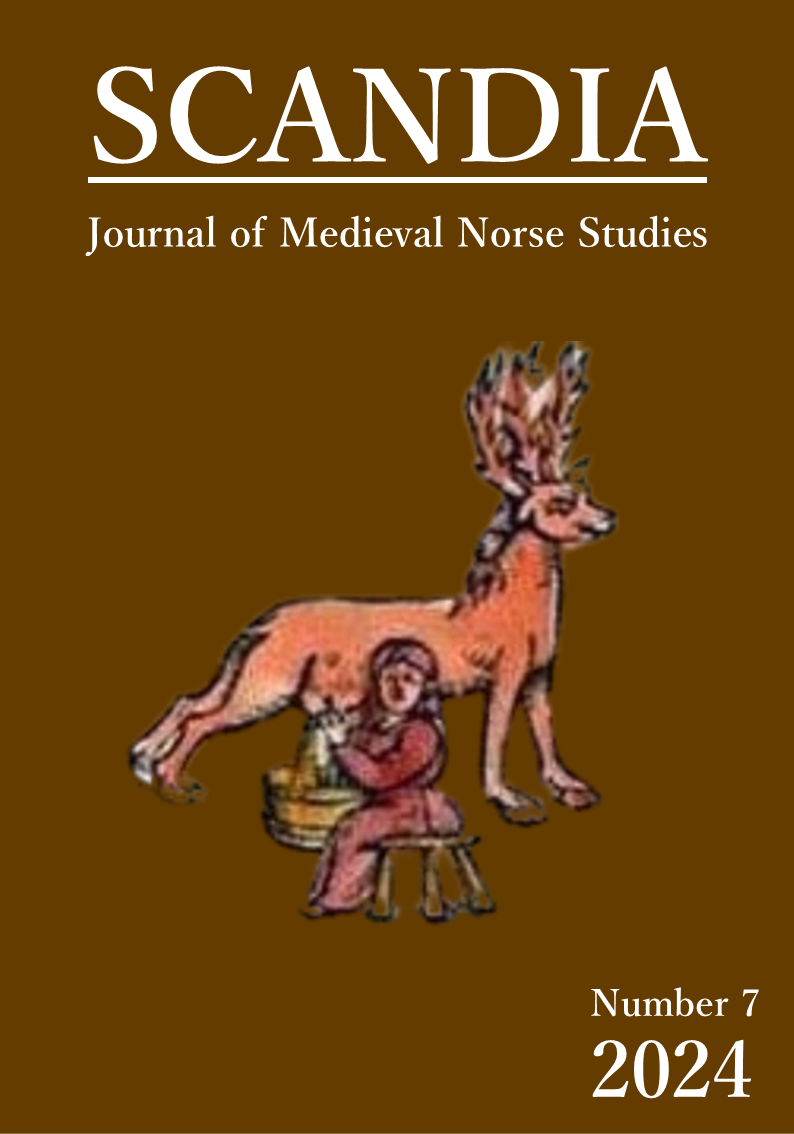A moeda, a cruz e a espada: as cidades de Birka e Sigtuna e o processo de Unificação da Suécia Medieval
Abstract
As an introduction, the article discusses the situation in Sweden between 800 and 1500 AD. In this context, the growth of trade and contacts with Europe and the Near East spurred early urbanization in the region. Thus, a connection can be drawn between the founding of cities in medieval Sweden and the process of forming the local kingdom. We will analyze three cases: Birka—the first of these cities—as well as Old Uppsala and Sigtuna. It was thus possible to conclude that the formation of the Swedish kingdom was gradual and fragmented, resulting from complex processes that included the establishment of Christianity and the development of political institutions. Christianity influenced the power structure in Sweden, strengthening the king and changing urban organization with churches and castles. The competition among Denmark, Norway, and Sweden shaped the local monarchies. By the 13th century, a now Christianized Sweden had formalized the election of kings and established taxes and permanent royal councils, distinguishing the clergy and aristocracy as distinct classes. The city, therefore, emerged as the political and cultural center of medieval Sweden. At the same time, Swedish expansion was marked by Christian crusades against "pagans" in the Baltic region, which also facilitated the incorporation (colonization) of Finland and Norrland into the Swedish dominance.
Downloads
##submission.downloads##
Pubblicato
Fascicolo
Sezione
Licenza
The author (s) of the original submitted undertake to comply with the following:
- All authors are publicly responsible for it.
- The authors claim that this original is their own and that they assume full responsibility to third parties, whether moral or patrimonial, by reason of its content, stating that the work does not infringe any intellectual property rights of third parties.
- The author (s) agree to the copyrights of the original to Scandia Journal, to which they grant permission for its reproduction, editing and online publication.
- The author (s) grant their copyright of their original to the Scandia Journal, licensed under the Creative Commons Attribution License, which allows the sharing of this work with the acknowledgment of their authorship.
- The author (s) have permission and are encouraged to cite and distribute their original.


